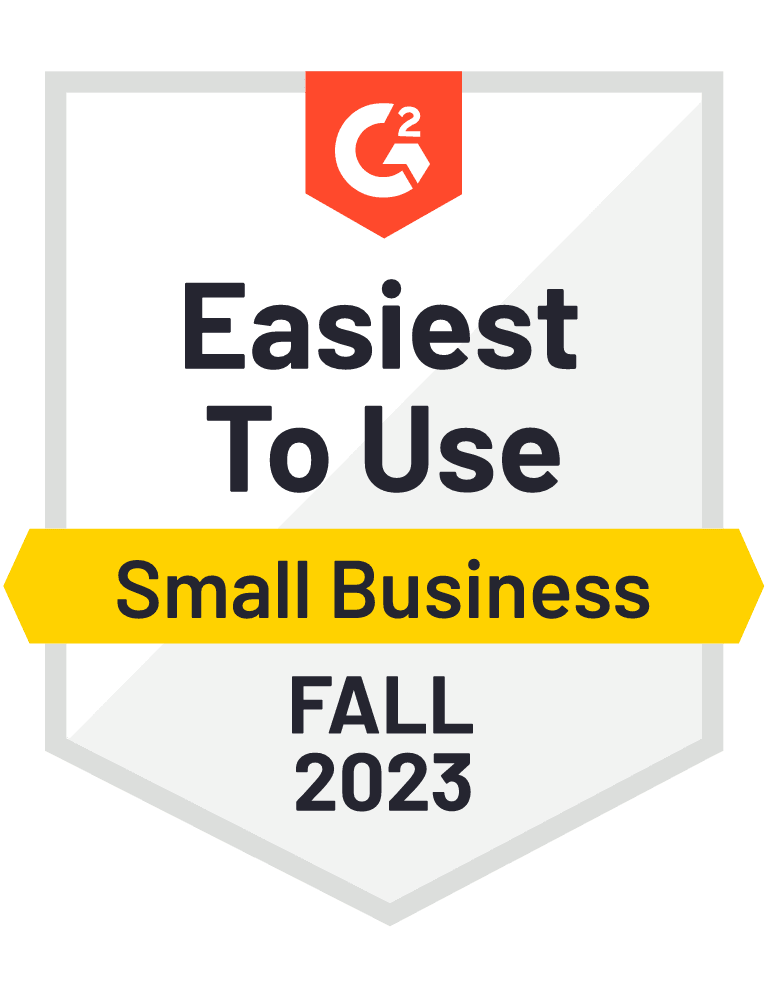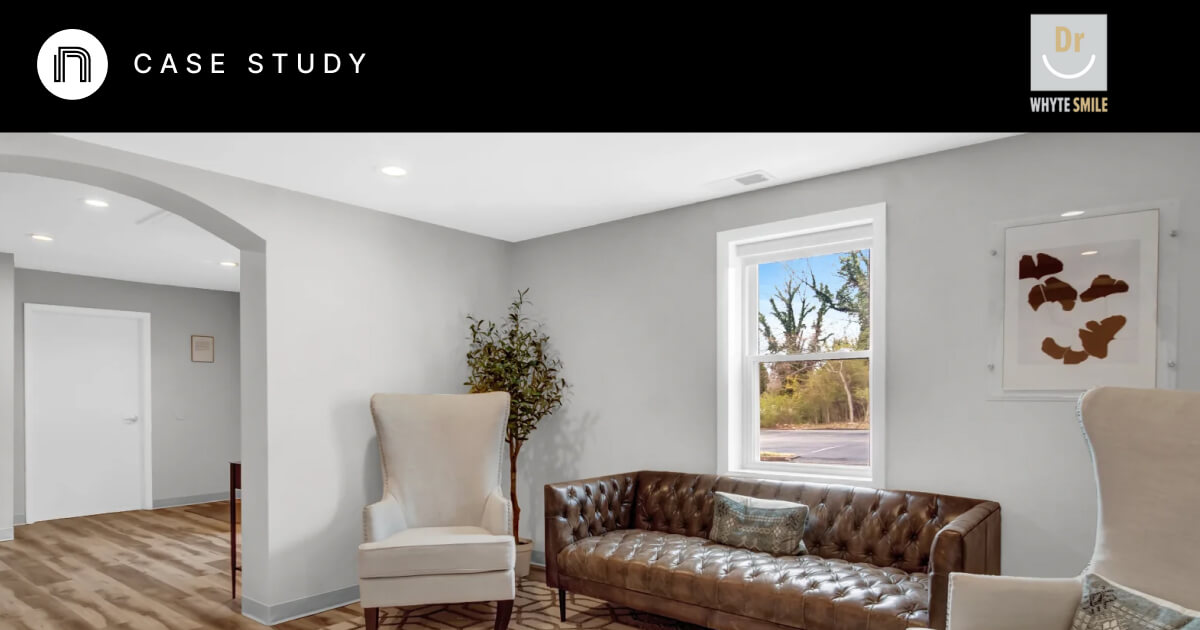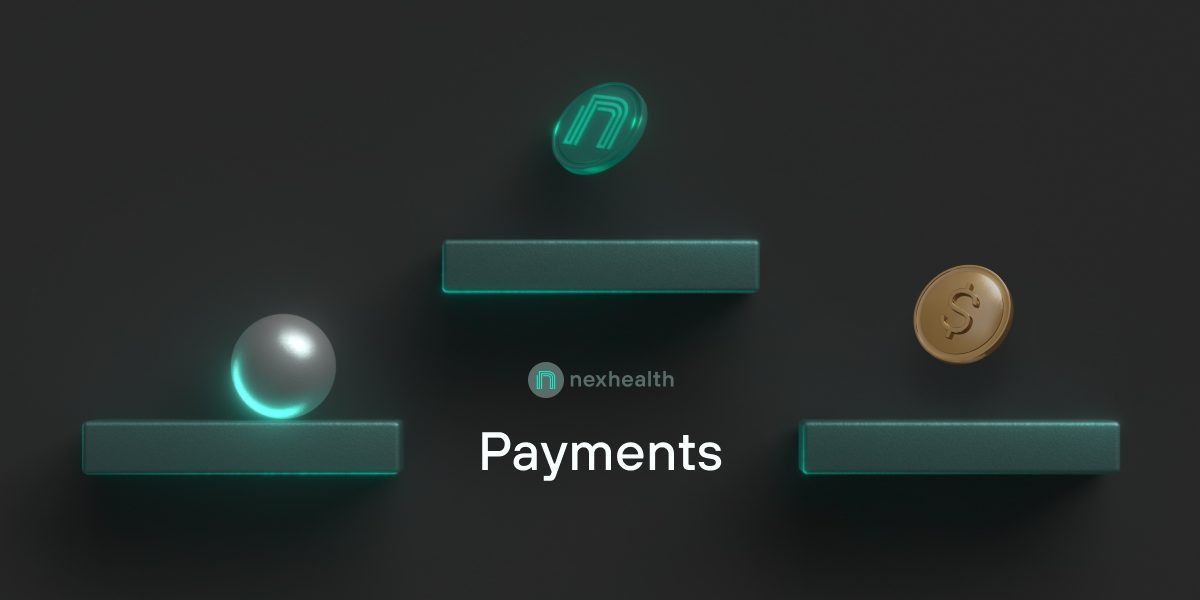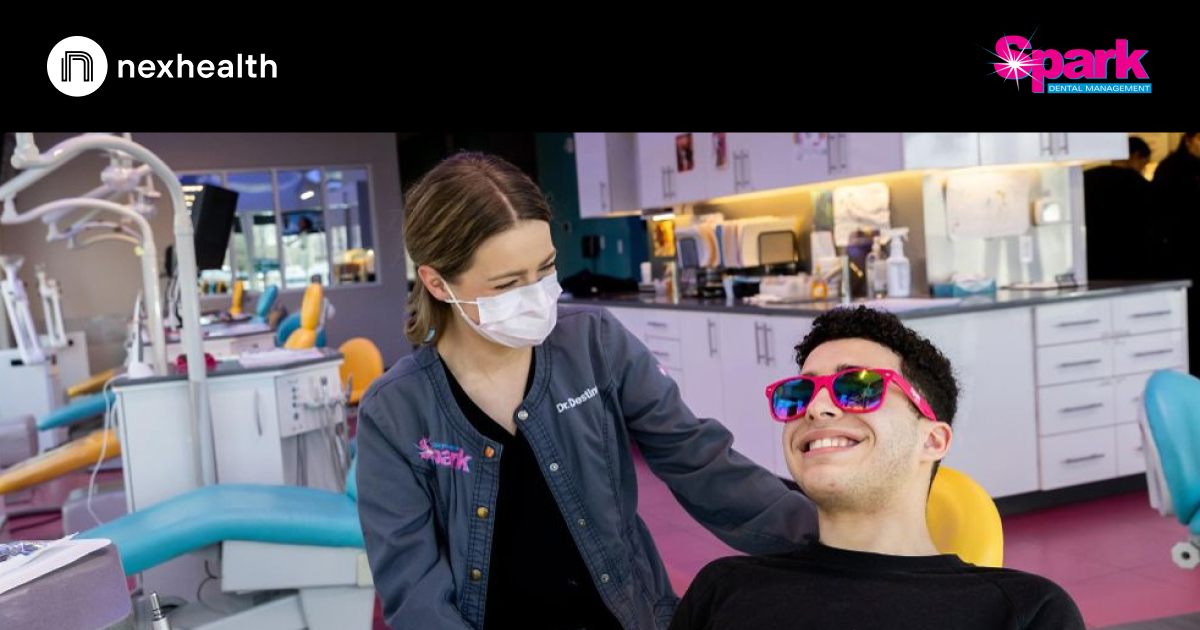
How to See Patients More Efficiently
Picking the right partners, integrating your systems and implementing best practices can help you run a highly efficient private practice. There are many ways to improve your efficiency and make it easier for you to get patients in the door.
How to Run a Private Medical Office Efficiently
Efficiency is a crucial element to building a stable, profitable healthcare private practice. Learning how to see patients more efficiently is key to building revenue. The faster you can get patients through the office, the more you’ll be able to book, and the more you will remain profitable. Generally, recommendations about opening an efficient private practice are all about hiring more people or using the right medical office technology. It wasn’t too long ago that keeping electronic health records (EHRs) was the go-to recommendation for running efficient medical offices. In fact, EHR usage has grown from around 20% in 2004 to 86% in 2017. Other recommendations to improve medical office efficiency have included outsourcing tasks, hiring scribes to take notes, and training administrative staff to work more effectively. But with the technology and digital tools available to you today, you can go well beyond these more traditional recommendations to improve practice efficiency and run a more effective private practice than ever before.
What is a Private Practice Dentist?
A private practice dentist is a dentist who owns and operates his or her own dental practice. Private practice dentists, as opposed to those who work in bigger healthcare systems or corporate dentistry chains, run their own businesses while providing dental care to patients. This arrangement gives them entire control over how their practice runs, from defining working hours, determining the types of services given, and selecting the technology they employ and the people they hire.
This means a dentist is often more than a dentist but, additionally, the CEO, CMO, and CIO make decisions on the best ways to operate and find efficiencies in the business to better serve patients and save staff time day-to-day.
8 ways to see patients more efficiently
When doctors are trying to figure out how to see patients more efficiently, consider a combination of training and technology. What will make the most difference in your private practice? Choose one or two improvements to start with and build over time. Remember, if doctors can improve the efficiency of their office bit by bit, over time, they’ll have accumulated a wealth of tools that can all be used to see their patients more efficiently.
1. Accept telemedicine visits
While it was already on the rise, most patients have fully embraced telemedicine, and see virtual visits as one part of their overall healthcare experience. Telemedicine visits save time for both patients and practitioners. On average, patients save about 100 minutes of their own time, since they don’t have to commute or wait in an office to be seen. This type of visit also saves time for the practice. Telemedicine visits are often more focused, with a lot of the questions handled beforehand, meaning you can get right into the appointment. Some telemedicine tools also come with loose time limits so that you can stay on track with your appointments for the day and not fall behind. These virtual visits also serve as a triage opportunity. Does your patient need to come in for a follow-up appointment, or was the problem resolved in one visit? It may sound like you’d be sacrificing patient experience in favor of time-saving, but you’re not - 77 percent of patients who have tried virtual visits are highly satisfied with the experience. Offering telemedicine as an option means that you are also able to provide last-minute appointments that your patients are more likely to take without needing to make complicated arrangements.
2. Automate the appointment booking
Playing phone tag or sending emails back and forth to schedule appointments for your patients eats up a lot of time. Plus, almost half of all patients book appointments after-hours. If you’re not making it easy for your patients to book, you are closing the door on more potential appointments, as well as limiting your ability to fill cancellations. Offering online booking, and automating as much of the process as possible, will save your staff time, and help you get more appointments. NexHealth’s online booking software allows you to show real-time provider availability with the click of a button, made available to patients whenever it is convenient to book for them. If cancellation occurs, the spot can be filled with your virtual waitlist. Text and email automation mean that your staff won’t waste any time getting the appointments filled, and you won’t have any calendar gaps. If you think online booking isn’t important when opening a private practice, think again. Over three-quarters of patients want to be able to book, change, and cancel visits online. Not offering this as an option may close your door to patients you didn’t even know were interested in booking. Whatever software you use, make sure it is HIPAA-compliant, easy to use, and that it provides a strong return on investment. Any software that significantly reduces staff time on schedule is worth its weight.
3. Digitize Intake Paperwork and Medical Forms
Are your patients filling out redundant information? Does your intake process still involve paper, and mailing forms to your new patients? Digitizing the forms you already use and integrating them into your current practice management software is a great way to improve patient flow in your clinic. NexHealth’s Form Builder allows you to recreate the forms you already have as HIPAA-compliant digital forms, connect them with your EHR or practice management software, and send them to patients via text message or email. Save time for patients in the waiting room and save data entry time for your staff, all while reducing mistakes and redundancies.
4. Template and Automate Your Reminders
You’ve probably sensed a trend with this list. Many digital tools are now available to help you streamline patient processes. Why slow your staff down by sending manual emails to patients, when you could be creating templates and automated workflows instead? Creating a few simple email templates for the most common messages you send to patients - appointment reminders, annual checkups, and new services offered, for example - can save your staff countless hours, and ensure patients don’t fall through the communication cracks. NexHealth offers tools that help you segment and schedule messages based on simple criteria via either SMS or email. You can personalize and track emails easily to learn which templates are performing the best, and test out different messaging.
5. Allow for Easy Online Payment
Chasing down patients to pay their bills can be both costly and time-consuming. Automated patient statements can be scheduled to send after an appointment and accessed by patients through text messages or email. Digital payment systems simplify and speed up the billing process. For example, NexHealth’s online bill pay means that 80% of patients pay within 10 business days.
6. Make it Easy for Patients to Leave a Review
Patient reviews are a valuable tool for practice improvement and growth, especially Google Reviews. However, due to the demanding nature of the work, front-office team members often face time constraints that can make it difficult to ask for reviews. Plus, it can be awkward to solicit feedback as it can be perceived as self-promotional. To ensure every patient is prompted to provide a review, practices should automate the review request process to get more reviews, improve your SEO, and get valuable insights for improvement
7. Connect as Many Systems with your EHR
We’ve alluded to it above, but it bears repeating - the more you can integrate with your EHR software, the better. Any time you add an integration, you reduce manual work for your staff. When choosing solutions to best accomplish this, learn more about what they integrate with already, and whether it will work with your existing systems. NexHealth offers an all-in-one tool for online scheduling, patient payments, digital form intake, reviews, messaging, and more. The best part is that all of NexHealth’s tools are designed to integrate with your existing systems via the NexHealth Synchronizer. No need to compromise or construct a workaround.
8. Train Employees on Any New Technology
Rolling out new digital tools is a great way to improve medical office efficiency. However, the tools are only as good as the people who use them. Train your employees properly and make sure they understand the ins and outs of what you want them to use. The more they are up to speed, the more they can properly, and quickly, help your patients.
Private Practice Efficiency is Crucial
Running a medical practice efficiently is necessary to keep up with competitors and stay up-to-date with the modern advances brought to healthcare, which now have been increasing at a faster rate due to the need to adapt quickly to the digital realm.
As a reminder, there’s bound to be a bit of a learning curve when incorporating new tools at your practice, so remember to be patient with your team. The best thing you can do is to ensure the technology you move forward with has a reputation for being reliable and secure for your patients and practice. If you are interested in learning more about how NexHealth helps practices automate the many parts of the patient experience, just contact us for a demo so you can ask your questions.

_BestEstimatedROI_Roi.png)
_BestSupport_QualityOfSupport.png)
















.png)



.svg.png)




And I've used at least 6 others." - Shaye, Falmouth Dentistry